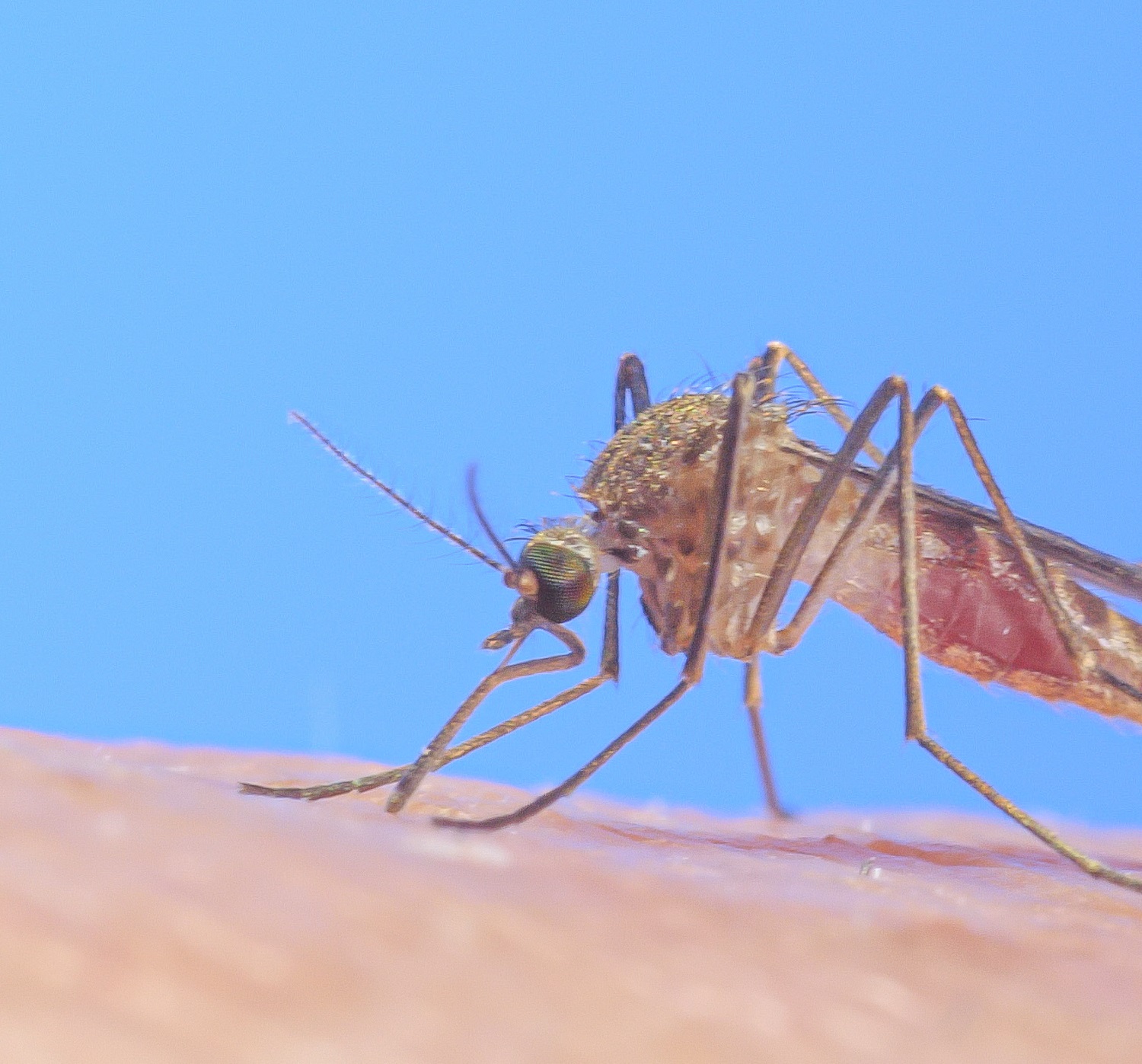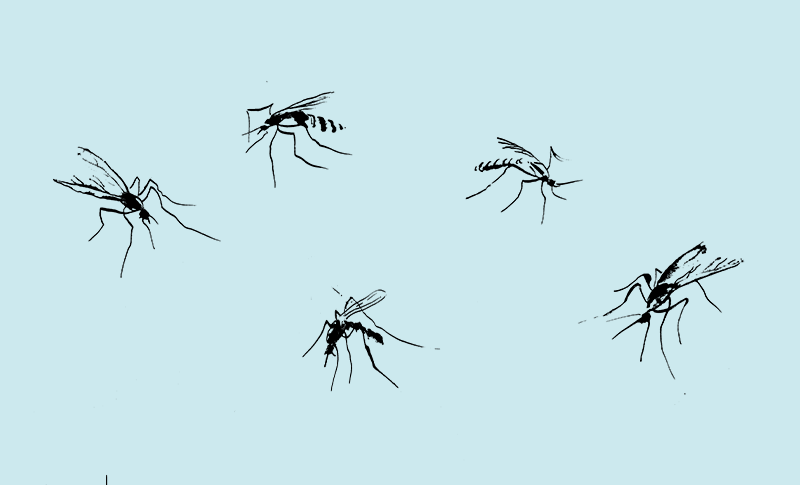They are perhaps the most detested creatures on Earth. After all, who — except for a few hardcore entomologists — doesn’t hate mozzies? But mosquitoes too are living creatures and therefore potentially fascinating, especially when captured in the kind of images Hans Smid has in his latest video The Making of a Mosquito.
Smid recently posted this video on bugsinspace.nl, the website where he shares his love of insects, photography and film with the general public. That we are interviewing him on World Mosquito Day (20 August) is pure chance. ‘I didn’t even realize that,’ says Smid. Actually, World Mosquito Day is not about shining the spotlight on this insect in a positive sense.
Nobel Prize
On the contrary, it is about publicizing efforts to combat malaria, because it was on 20 August 1897 that the Scottish doctor Ronald Ross discovered that mosquitoes transmit malaria. In 1902, he was awarded the Nobel Prize for Medicine for this discovery. Every year, a million people are killed by mosquito-borne diseases, making the mosquito the deadliest animal on the planet for us.
When I was filming, I saw things that were new to me too
Hans Smid
WUR’s Entomology chair group does a lot of research on the transmission of viruses by mosquitoes. Last year, Smid was given the task of visualizing some of that research. He confesses that it all got a bit out of hand. ‘It turned into something bigger than anticipated.’
That was how the idea arose of doing something more with all that visual material. That ‘something more’ became The Making of a Mosquito. The 10-minute video shows the lifecycle of a mosquito, from the bloodsucking start to the new mosquito that emerges at the end — all in amazing macro close-ups showing details that you could never see with the naked eye.
Balancing act
‘When I was filming, I saw things that were new to me too,’ says Smid. ‘For example, I was impressed by the ingenious way in which a new mosquito can emerge from the pupa, which is floating in the water. The mosquito can’t touch the water, because if it does, it dies and that’s the end of the story.’ That results in an impressive balancing act.
Smid’s site is full of photos and video clips of insects. The material is for use in teaching and public outreach. ‘A picture can say a lot more than words,’ argues Smid. ‘And it’s good to showcase this particular insect’s beauty for once. A mosquito is also a beautiful creature, after all.’

 Photo Hans Smid
Photo Hans Smid 

